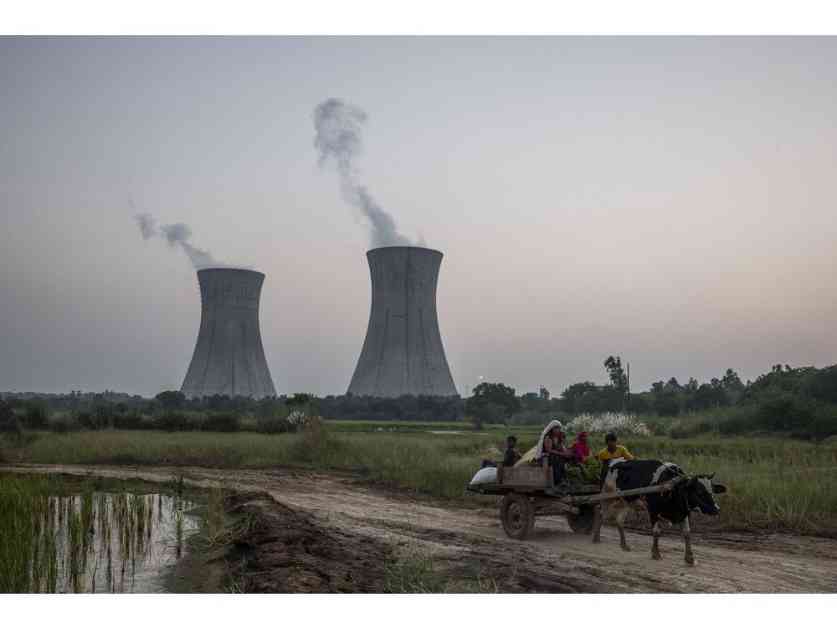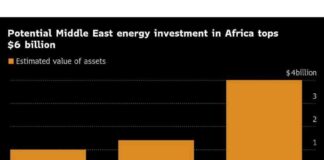India’s NTPC, the biggest power producer in the country, recently reported a slight increase in quarterly profit, thanks to a boost in electricity generation. The company’s net income for the three months ending on March 31 rose by 4% to 57.8 billion rupees, surpassing analysts’ expectations. This growth was driven by a recent capacity addition that allowed NTPC to ramp up its power generation.
The demand for electricity in India has been steadily rising, prompting NTPC to expand its capacity and maintain its market leadership. During the January-March quarter, power generation in the country increased by more than 5% compared to the previous year. As a result, India’s peak power demand is projected to grow by 8% in 2025 to reach 270 gigawatts, according to the Central Electricity Authority.
To meet this growing demand, NTPC plans to add 3.6 gigawatts of coal-fired generation in the current fiscal year, a significant increase from the 660 megawatts added the previous year. The Indian government, under Prime Minister Narendra Modi, has prioritized energy security over environmental concerns, leading to a renewed focus on coal as a primary source of energy. This decision comes as the country experiences longer heat waves and a surge in electricity demand.
NTPC aims to expand its generation base to 130 gigawatts by March 2032, up from the current 80 gigawatts. While the majority of the company’s capacity relies on fossil fuels, NTPC plans to reduce this to half by 2032 by shifting towards green energy sources. Despite these ambitious goals, the company’s spending on fuel remained relatively unchanged, while tax expenditure increased by 10% during the January-March period compared to the previous year. Revenue for the quarter also saw a modest increase of about 3% to reach 439 billion rupees.
In conclusion, India’s NTPC continues to play a crucial role in meeting the country’s growing energy needs. With a focus on expanding its capacity and transitioning towards green energy sources, NTPC is poised to remain a key player in India’s power sector.






















